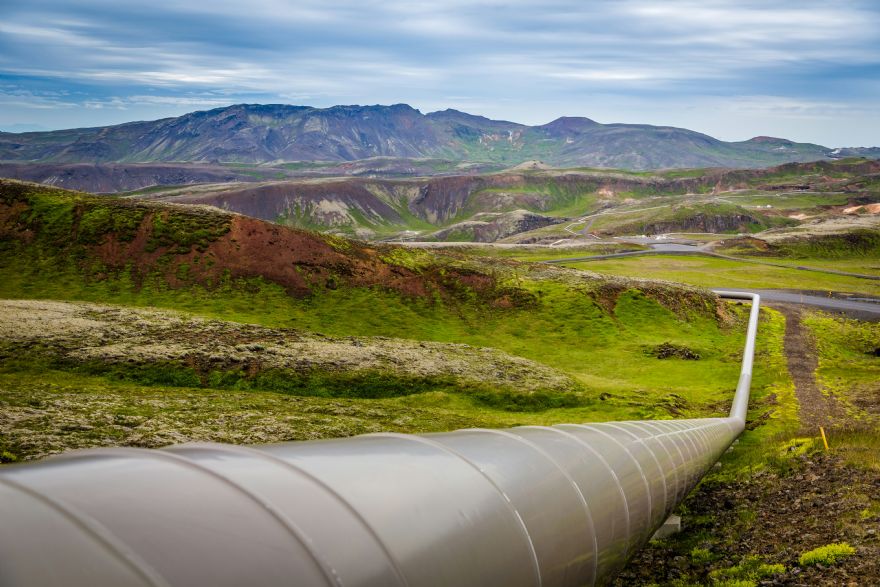
Photo by
Mike Benna on
UnsplashRicardo, a UK-based global environmental and engineering consulting specialist, has joined a new partnership to help advance safety standards in carbon dioxide (CO
2) pipeline operations. Project Skylark has been launched in response to the increase in large-scale carbon capture, transportation and storage projects that are helping to facilitate ‘green energy’ production around the world. Although CO
2 is already transported and safely stored, the growth of Carbon Capture and Storage (CCS) activity will see significant increases in the volume of CO
2 carried through networks of onshore and offshore pipelines.
Given these networks can extend for long distances across a variety of terrains and topographies, undertaking detailed risk assessments throughout their entire length is a significant challenge for asset owners.cWorking alongside DNV, the UK Government’s Health and Safety Executive, the National Centre for Atmospheric Science, and the University of Arkansas, Ricardo’s engineers will provide important data on the behaviour of CO
2 in high-volume pipeline release scenarios, which will be used to test, validate and improve modelling capabilities across industry and academia. Both the dataset and the validated, updated and enhanced tools will provide industry and regulators with a variety of options for assessing the risk of new and repurposed CO
2 pipelines.
Craig Thomson, chemical lead at Ricardo, said: “We are delighted to support this pioneering initiative. Although failure in these networks is extremely rare, by building a greater understanding of the implications of a release incident we will be helping the sector to refine and improve its emergency response plans.”
“Daniel Allason, senior principal consultant and Project Skylark lead at DNV, said: “We believe considering the potential impact of any large-scale system failures from project conception is essential. Having access to the knowledge and experience of the Ricardo team, safety and response requirements can be factored in at each stage of the infrastructure modelling and design. The opportunity to prepare emergency response solutions provides confidence in our abilities to minimise the risk and potential impact of a release.”
Dense gas dispersion modellingTypically, modelling tools are used to predict the outflow, dispersion and effects along the length of the pipeline to support the planning of new pipelines or the safety case from conversion of existing pipelines. There are known challenges in modelling the behaviour of dense gas dispersion, particularly associated with the source term determination and the subsequent interaction of the terrain on the ensuing dispersion.
To help address some of these knowledge gaps, Project Skylark will focus on four specific ‘challenges’:
Challenge 1: Source characteristics from CO2 pipeline craters — understanding the interaction between pipeline failure, crater formation, and atmospheric conditions to predict dispersing behaviour in different scenarios.
Challenge 2: Terrain effects on dense clouds — investigating the influence of slopes, valleys, and complex terrain on the behaviour of dense vapour clouds produced by CO
2 sources.
Challenge 3: Emergency response — testing equipment, techniques, and procedures used by emergency responders in large CO
2 releases, including search and rescue operations and the impact on internal combustion engines.
Challenge 4: Operational Issues (venting) — studying the outflow rates, vent heights, and hazard distances associated with necessary venting events, ensuring safe dispersion of gas without compromising pipeline integrity.
Ricardo will take a lead on Challenge 3, engaging with emergency responders to make the best use of the CO
2 dispersion trials and ensure emergency teams are sufficiently prepared to deal with possible CO
2 release incidents.
Supporting the safe use of chemicals and hazard management for more than 50 years
Ricardo’s engineers have been providing support to the chemical sector and the users of chemical products since 1973, offering tailored support from cradle-to-grave across the entire chemical supply chain.